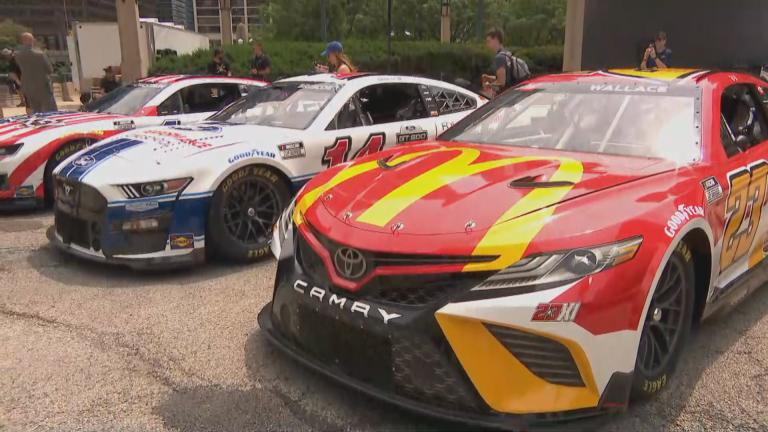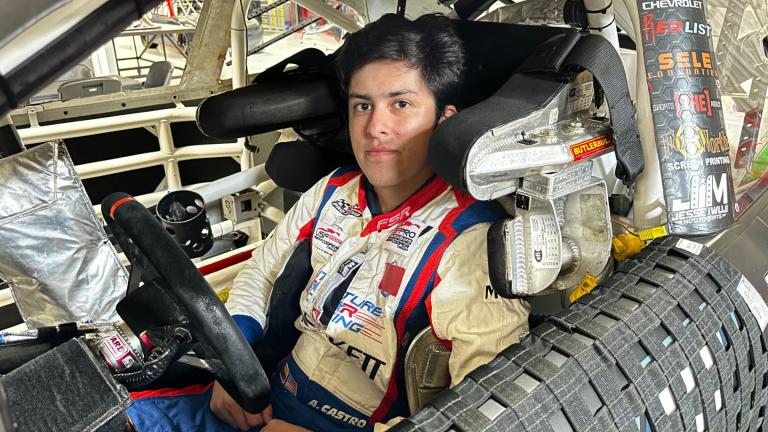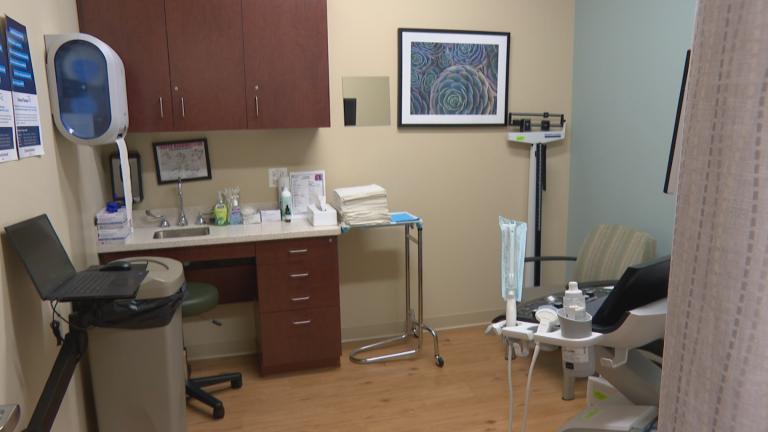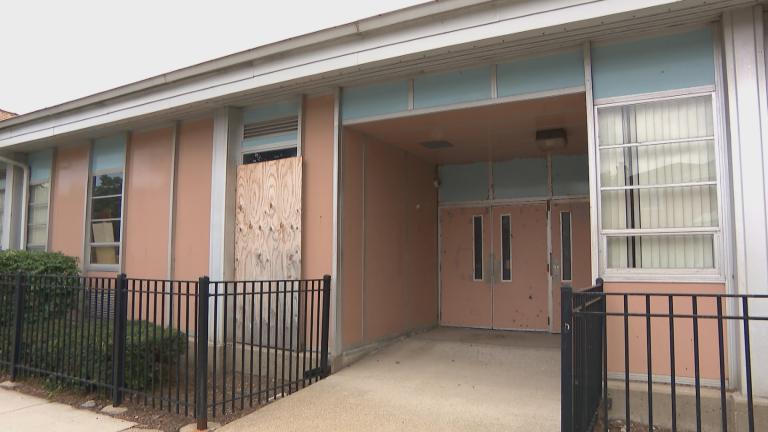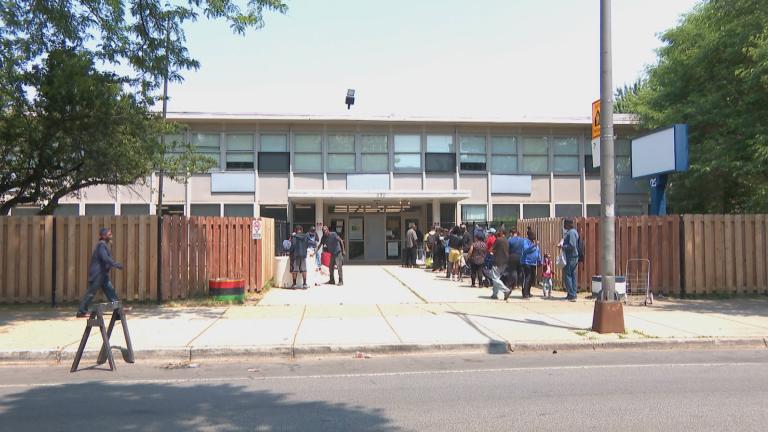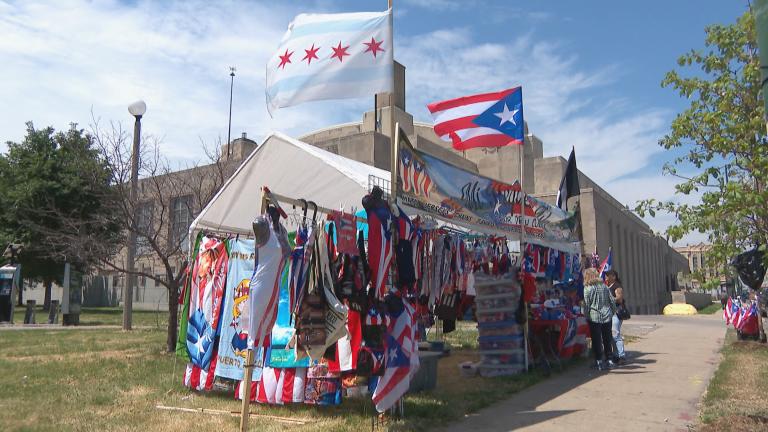Barbara Miller was in her early 20s when she heard Martin Luther King Jr. was coming to Chicago.
“I had to do something. I had already seen the marches he had done so it was my opportunity,” Miller said.
On Aug. 5, 1966, Miller was one of the hundreds who marched alongside King protesting housing segregation on the Southwest Side of Chicago. At that time realtors refused to sell homes in white neighborhoods to African American families.
“There was a lot of excitement in the crowd, a lot of anxiety in the crowd,” Miller said. “There were people on the side of us yelling and screaming and calling us names and telling us to get out of their neighborhood and throwing things: rocks, bottles.”
Chaos erupted as marchers walked toward Marquette Park. Along the way King was hit by a rock.
“This is a terrible thing – I’ve been in many demonstrations all across the South, but I can say even in Mississippi or Alabama – mobs as hostile and as hate-filled as I’ve seen in Chicago.”
The march was part of a bigger movement – one that Middlebury College historian Jim Ralph has followed.
“Chicago is a segregated city,” Ralph said. “There were lines drawn and what the Chicago Freedom Movement and Dr. King were trying to do is open up the city and open up the metropolitan area.”
On the corner of Marquette Road and Kedzie Avenue inside Marquette Park stands the Martin Luther King, Jr. Living Memorial to honor not only King’s legacy but those who fought for racial equality. The three pillars were crafted six years ago by artists Sonja Henderson and John Pittman Weber.
“I love revisiting the MLK Living Memorial,” Henderson said. “It’s a wonderful tribute to the people, the community, Martin Luther King, Jr. and the fair housing marches.”
Interactive map: More from our community reporting series
A reminder of the past that Ralph says needs more attention.
“The spirit of the Chicago Freedom Movement I think is a spirit that should be embraced by more Chicagoans and there should be study and recognition of what happened here so we can learn from it and we move forward,” Ralph said “Martin Luther King’s dream for Chicago was a city of people coming together – a city of brotherhood.
The neighborhood’s demographics have since changed, yet Miller says she can't forget the events that took place here more than 50 years ago.
“It’s almost a miraculous situation because you realize how hard they fought to try to keep the neighborhood, that they could’ve just shared,” Miller said. “It’s a neighborhood I couldn’t have walked through.”
She holds on to the vision of King’s movement.
“It saddens me that he had to die in such a violent way. But I still know that he set up the country on a path that the dream will be realized and I expect it in my lifetime,” Miller said.
Video: Watch our full interview with Rami Nashashibi, the executive director of the Inner-City Muslim Action Network (IMAN).
Community Work
The Inner-City Muslim Action Network has been inspired by King’s legacy in the neighborhood and beyond. The organization has a health center to provide mental and physical health services. They also provide transition housing and job training for people re-entering society after incarceration and at-risk youth. Plus, they recently unveiled a ceramics studio and art gallery.
Rami Nashashibi, the executive director of the group, said this area is where he originally got connected to community organizing.
“The legacy of King in this neighborhood has always meant something important to me,” Nashashibi said.
Part of the job for Taqi Thomas, director of community engagement with the group, is working with at-risk youth with violence prevention. Thomas said IMAN provides services to youth of all ages to give them alternatives.
“Dr. King had a dream and so do we,” Thomas said.
Another organization providing for the surrounding neighborhoods is the Greater Southwest Development Corporation. Akilah McCord, director of operations and programs, said they’re focused on everyone from the aspiring business owner to the community at large.
“We’re really focused on building equitable realities for the residents,” McCord said.
The group focuses on providing economic development to the neighborhood through business services, real estate development or housing counseling, especially as disinvestment has impacted the community, McCord added.
“It’s no secret that there’s been disinvestment in Black and Brown communities, and our goal as an organization is to highlight that and be very intentional in regard to the reinvestment,” McCord said.
Video: Watch our full interview with Akilah McCord, director of operations and programs with the Greater Southwest Development Corporation.
“Chicago Tonight” is expanding its community reporting. We’re hitting the streets to speak with your neighbors, local businesses, agencies and leaders about COVID-19, the economy, racial justice, education and more. See where we’ve been and what we’ve learned by using the map below. Or select a community using the drop-down menu. Points in red represent our series COVID-19 Across Chicago; blue marks our series “Chicago Tonight” in Your Neighborhood.Community Reporting Series

